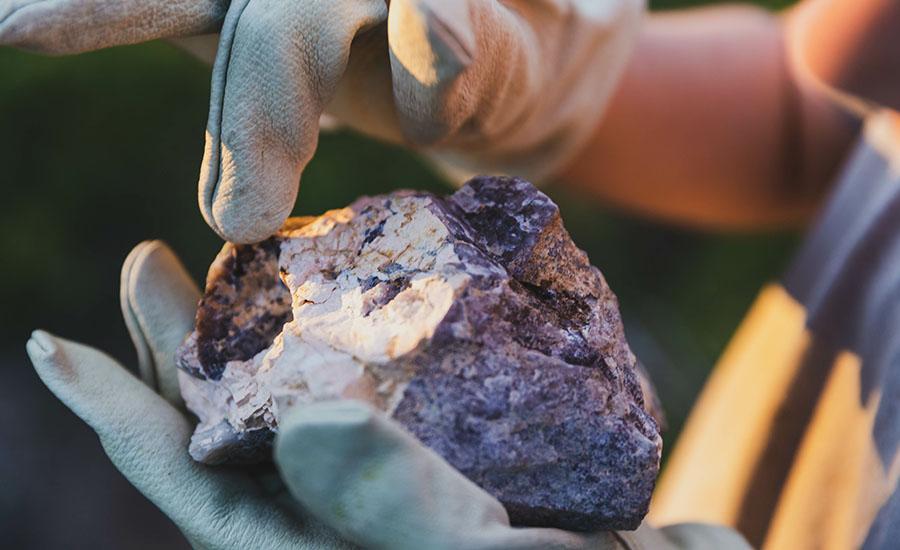
Making and Mapping a Volcano: Lava Layering
by Barbara Gosney
In this hands-on lesson, students will construct a model of a volcano and produce lava flows. They will also observe, draw, record, and interpret the history and stratification of an unknown volcano produced by the students.
This engaging lesson allows students to make the connection between the life cycle of a volcano and why they see these features on Earth and Mars.
Lesson Grade Level
4th GradeLesson Plan Link/URL
https://docs.google.com/presentation/d/1d_GKIJc5gz_2LboS2LPh_quuuztEas3f/edit?u…Subject Area
Science Earth and Space Science E1: Earth Systems Technology 3. Knowledge Constructor Engineering S2: Apply the Engineering Design Process S3: Apply Mathematics to Engineering S4: Apply Science to Engineering S6: Apply Communications to Engineering Mathematics Measurement and Data (MD) Ratio and Proportion (RP) Reasoning with Functions and Relations (RFR) English Language Arts (ELA) Reading (Informational Text) Writing Speaking & ListeningRelated Content

Grades:
4th Grade, 5th Grade, 6th Grade
By creating a stop motion animation, students will gain a deeper understanding of how landforms develop, are weathered, and erode. This is an engaging way to help infer the history of the current

Grades:
5th Grade, 6th Grade, 7th Grade, 8th Grade
Discover the power of hydraulics and pneumatics! Engaging in STEM activity on building systems and understanding fluid dynamics.
